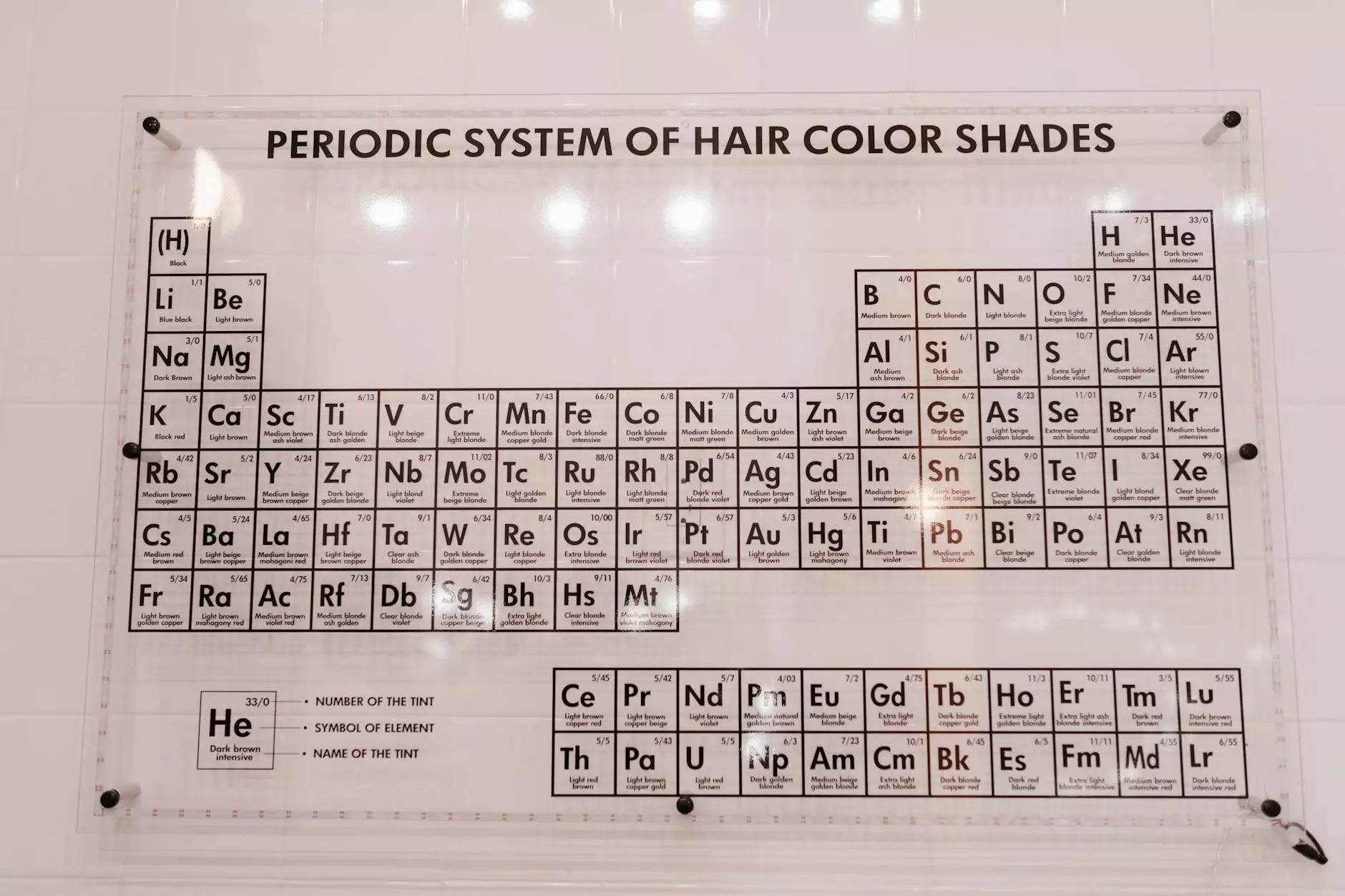Understanding Brake Components on a Car

When it comes to automotive safety, brake components on a car are among the most critical elements. Their proper function ensures that your vehicle can stop safely and effectively, protecting not only the occupants but also pedestrians and other road users. This comprehensive guide will delve into the various types of brake components, their functions, maintenance tips, and the importance of quality parts.
1. What Are Brake Components?
Brake components refer to the various parts that make up a vehicle's braking system. Each component plays a specific role in ensuring the braking mechanism works efficiently. Understanding these components is crucial for any car owner or enthusiast, as it enables informed decisions regarding purchases, repairs, and maintenance.
2. Key Brake Components
Here are the main components of a car's brake system:
- Brake Pads
- Brake Discs (Rotors)
- Brake Calipers
- Brake Lines
- Brake Fluid
- Master Cylinder
- Anti-lock Braking System (ABS)
2.1 Brake Pads
Brake pads are the components that create the friction needed to slow down your vehicle. They are placed inside the brake caliper and press against the brake disc when you press the brake pedal. High-quality brake pads can dramatically affect braking performance, making it vital to choose the right type. Wear indicators in brake pads can alert you to when they need replacing.
2.2 Brake Discs (Rotors)
The brake discs, also known as rotors, work in conjunction with the brake pads. They are round metal discs attached to the wheel hub. When the brake pads squeeze the brake discs, friction is created, which slows down the car. Clean and undamaged brake rotors are essential for optimal braking efficiency.
2.3 Brake Calipers
The brake caliper houses the brake pads and is responsible for squeezing them against the brake discs. It contains a piston that is controlled by hydraulic pressure from the brake fluid. The caliper must be in good working condition; otherwise, it can lead to uneven brake pad wear or reduced braking performance.
2.4 Brake Lines
Brake lines are tubes that carry brake fluid from the master cylinder to the brakes at each wheel. They are typically made of rubber or metal. Any leaks in the brake lines can lead to a loss of hydraulic pressure, which can severely compromise your braking ability.
2.5 Brake Fluid
Brake fluid is a specially formulated liquid that transfers force from the brake pedal to the braking components. It is essential to check your brake fluid regularly, as low levels can indicate a leak. There is a variety of brake fluids available, and using the correct type is crucial for the system's performance.
2.6 Master Cylinder
The master cylinder is the heart of the hydraulic brake system. When the driver presses the brake pedal, the master cylinder creates hydraulic pressure, distributing this pressure through the brake lines to the calipers. Maintaining the master cylinder is vital for effective braking performance.
2.7 Anti-lock Braking System (ABS)
The Anti-lock Braking System (ABS) prevents the wheels from locking up during braking, particularly in slippery conditions. ABS allows the driver to maintain steering control, reducing the likelihood of skidding. Regular checks to ensure the ABS is functioning correctly are crucial for safety.
3. The Importance of Quality Brake Components
Investing in high-quality brake components is not just about ensuring your vehicle stops correctly; it’s about safety. Subpar components can lead to brake failure, resulting in accidents. Here’s why quality matters:
- Enhanced Performance: High-quality components offer better responsiveness and reliability.
- Longevity: Well-made parts tend to wear slower, reducing the frequency of replacements.
- Safety: Quality products minimize the risks of brake failure, keeping you and your passengers safe.
4. Maintenance Tips for Brake Components
To ensure the longevity and effectiveness of your brake components on a car, regular maintenance is key. Here are some essential tips:
- Regular Inspections: Have your brakes inspected at least once a year by a qualified mechanic.
- Monitor Brake Pad Thickness: Check for signs of wear and replace pads when they become too thin.
- Check Brake Fluid Levels: Regularly inspect the brake fluid reservoir and top off as necessary.
- Listen for Noises: Any squeaking or grinding noises should be investigated immediately.
- Brake System Flush: Flushing the brake system every two years helps remove moisture and impurities from the brake fluid.
5. How to Choose the Right Brake Parts from imautoparts.com
When selecting brake components for your car, it's crucial to choose a reliable supplier. imautoparts.com offers a wide range of high-quality auto parts and supplies, including brake components specifically tailored to your vehicle's needs. Here are tips on selecting the right parts:
- Know Your Vehicle: Always check your vehicle owner's manual for specifications on brake parts.
- Opt for High-Quality Brands: Look for well-reviewed and trusted brands available on imautoparts.com.
- Check Compatibility: Ensure that the parts are compatible with your vehicle's make and model.
- Read Customer Reviews: Gauge the performance and reliability of the brake parts through reviews.
6. Conclusion
The safety and performance of a vehicle heavily rely on its brake components. Understanding these components, their functions, and the importance of using high-quality parts will not only enhance your vehicle's safety but also improve driveability. For all your brake part needs, visit imautoparts.com and discover a comprehensive range of high-quality auto parts and supplies. Prioritize safety on the road by ensuring your brake system is always in optimal condition.









